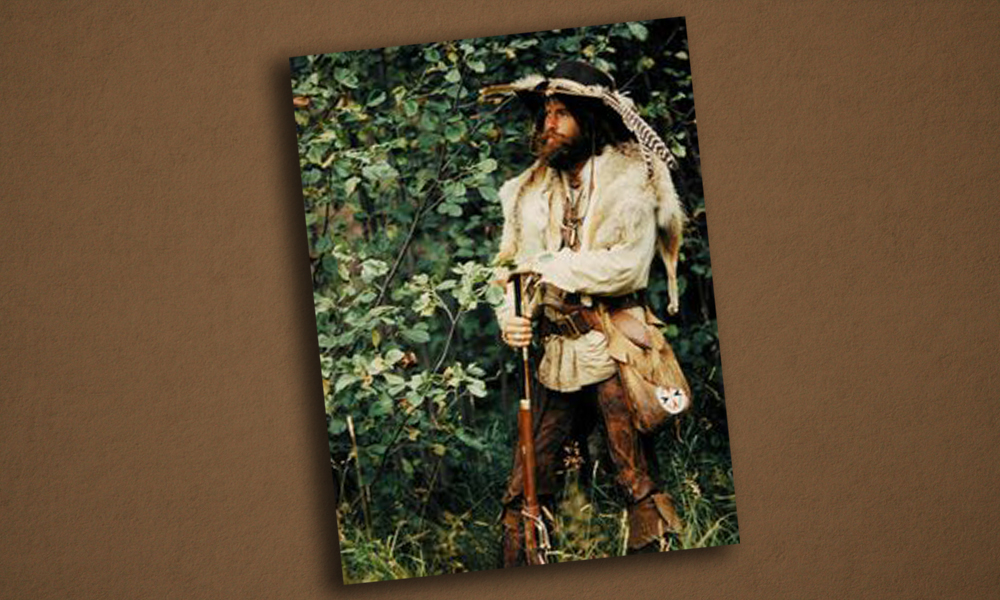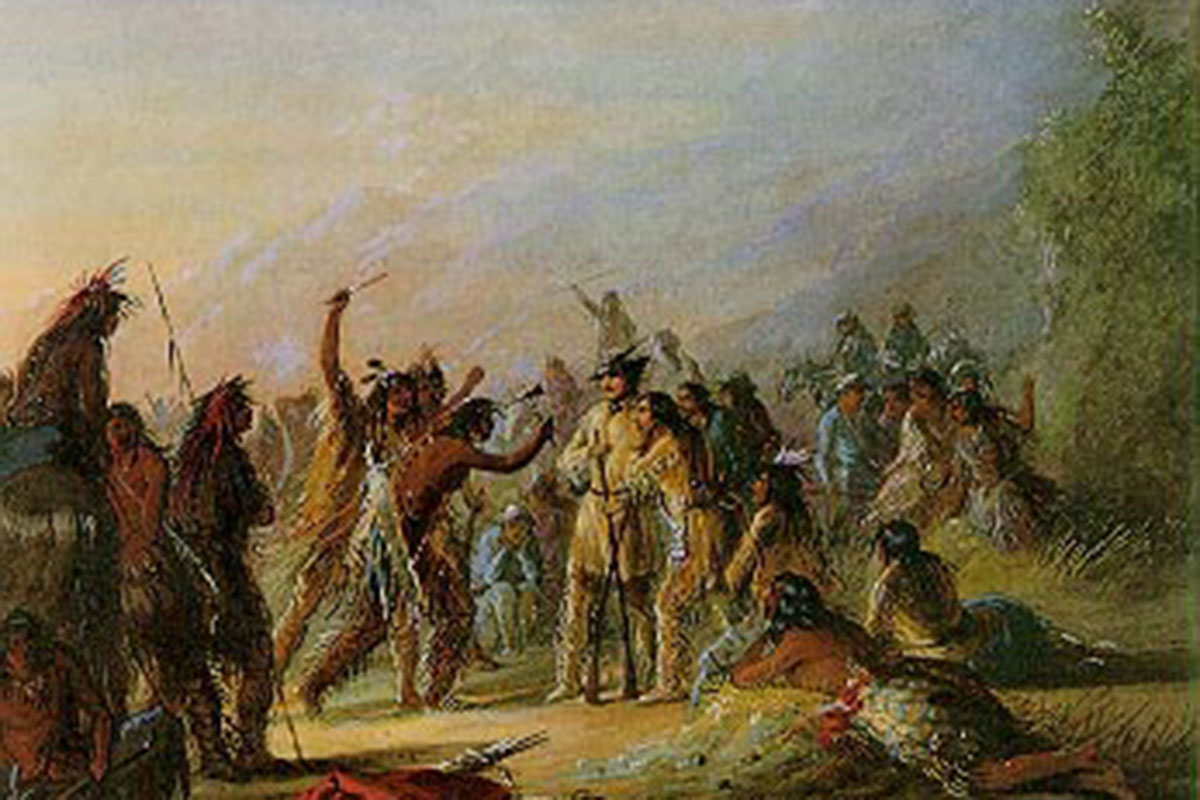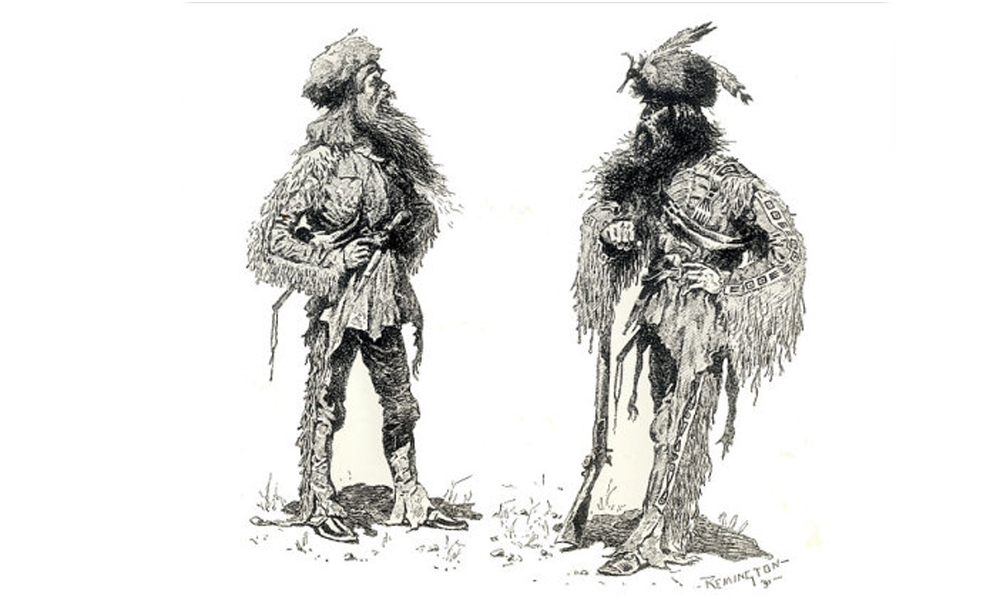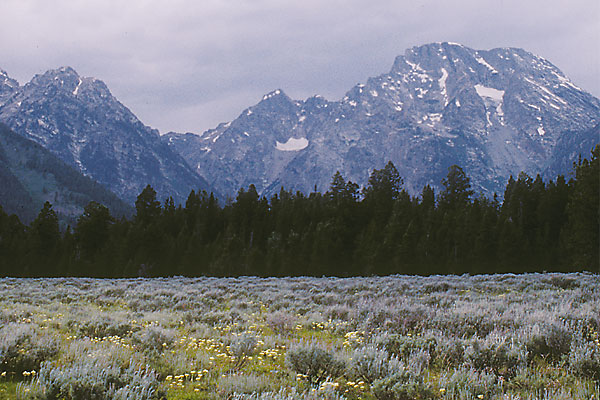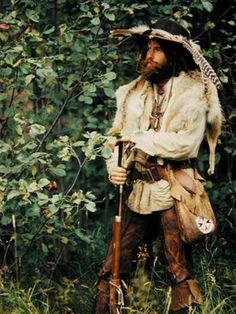
Like gold dust on the mining frontier, beaver fur was the medium of exchange in the mountains. Unique to the American industry was the rendezvous system, dreamed and schemed by William Ashley in 1825. The procedure was simple; the trader would buy his supplies in St. Louis and transport them out to the trappers in some pre-arranged location. Like modern-day shopping centers, the merchants took their goods out to the people instead of vice-versa. This saved the trappers having to take the long boat ride down the Missouri or Platte rivers to St. Louis. It was convenient for the trappers and very profitable for the merchants. The prices they charged were exorbitant, as much as 2,000% markup but the trappers and Indians had only two choices, pay or do without. Alcohol that could be bought in St. Louis for 15 cents a gallon was diluted and sold for $5 a pint in the mountains. Coffee went for 15 cents a lb. in St. Louis was $2 a pound in the mountains. Tobacco was $3 a lb. and blankets sold for $15-$20 a piece in the mountains. Neither risk nor loss or the high cost of transportation warranted these outrageous prices but it was what it was.
The trappers gathered at the rendezvous and proceeded to barter and sell. In exchange for pelts, necessities for the coming year were obtained, plus various geegaws which they purchased for their Indian wives or significant others. The trappers vied with one another to see who could adorn his lady with the finest assortment of threads and ornaments.
When the trading was finished, out came the whiskey as the fun and frolic began. For the next several days they drank, held shooting matches, fought, wrestled, ran races, made love to the Indian girls and indulged in other forms of recreation until it was time to head back to the mountains for the fall hunt.
Arizona and New Mexico were still a part of Mexico so the trappers left those mountains and gathered in Taos for much of the same pleasure.
The photo is of an old friend Jeff Hengesbaugh. I’ve known him since he attended Mesa High School in the late 1950s. During the early 1970s Jeff and two companions plus a dog set out on an epic expedition to ride horseback, living off the land, from the Salt River Valley in Arizona and go all the way to Calgary, Albert. With fences, railroads, highways, regulations etc, the trek was probably more difficult than it would have been in the 1830s but they made it. By the time they reached Canada they were all three trail hardened veterans. For several years Jeff was a regular guest lecturer in my Arizona history classes at Scottsdale Community College on the era of the mountain men.
I haven’t seen him in a few years but far as I know he’s still living in Glorieta Pass, New Mexico. Jeff could have been anything he wanted but he sought and found the same freedom as that reckless breed of men who Wested in the 1830s. He was the closest thing to the Real McCoy I’ve ever known.

